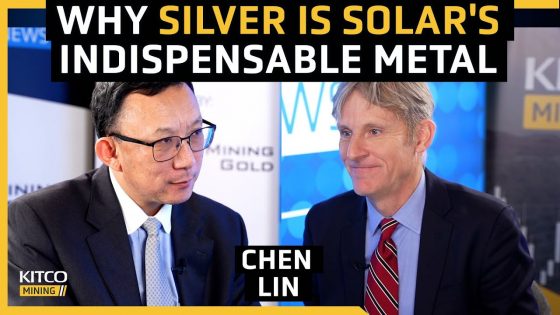The Big Business Of Energy For The EV Industry
Energy and battery technology is booming.
As U.S. automakers make bold long-term commitments to electrify their fleets, there may not be enough lithium-ion batteries to go around in the short-term. While China dominates the battery manufacturing supply chain, and Europe is working to catch up, the U.S. still lags far behind. As batteries become a matter of energy independence and national security, here’s what the U.S. can do to catch up.
Analysts estimate that the size of the EV battery industry will grow to around $70 billion by 2025, and there’s a number of innovative battery start-ups trying to grab a piece of the pie. One of these companies, Cuberg, is making lithium-metal batteries, which it says will be twice as energy dense as standard lithium-ion, and could therefore help electric vehicles become cheaper and more efficient. Because Cuberg’s tech is largely compatible with existing lithium-ion manufacturing processes, it has the potential to scale quickly. And if it does, we could see lithium metal batteries powering small planes and electric vehicles within the decade.
Elon Musk announced that Tesla was getting into the energy business in 2015, and now it’s betting that it will become increasingly important for the company. In 2020, it surpassed 3 gigawatt hours of energy storage deployments in a single year, largely due to the popularity of Megapack, its utility-scale battery product. CNBC visited PG&E’s Tesla Megapack site in Moss Landing, California and learned why energy storage systems like Tesla’s could be everywhere in a future of renewable power.
Energy is also coming from unlikely sources. Bioo is generating electricity from the organic matter in soil and creating biological batteries to power agricultural sensors, a growing $1.36 billion global market. Eventually, Bioo envisions a future where biology could help to power our largest cities.
Source : CNBC YT



